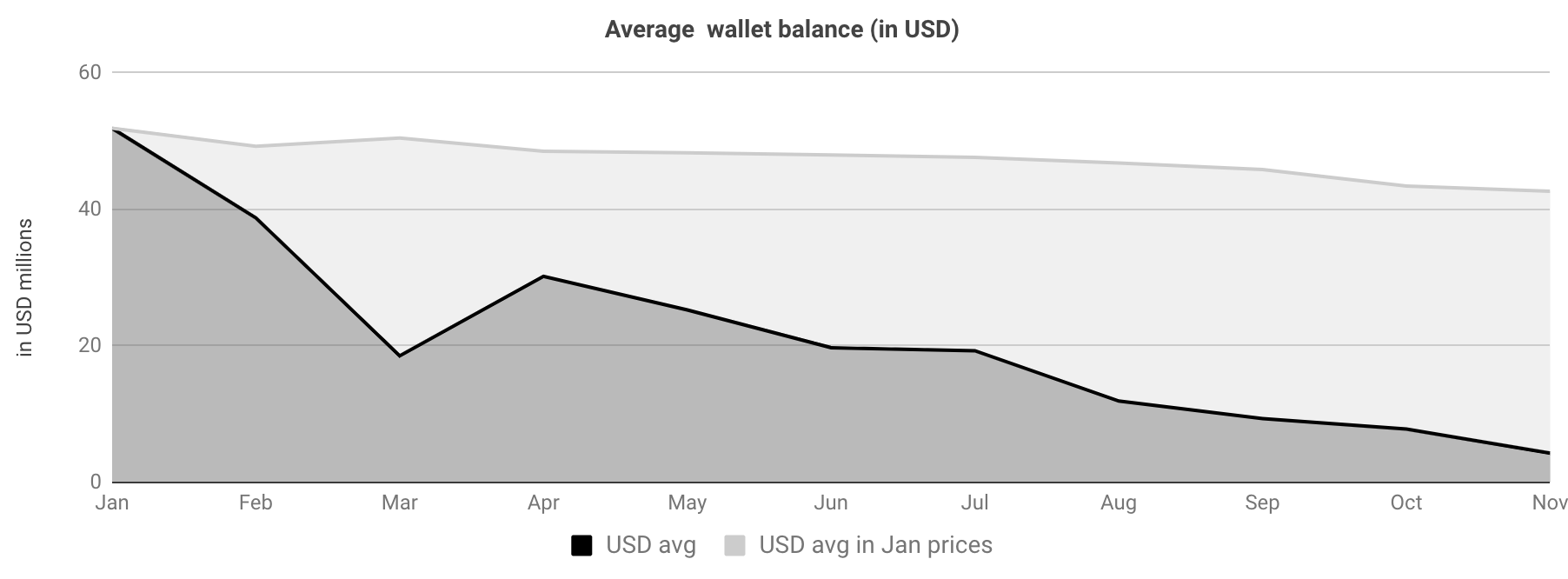Key takeaways of today's Daily:
Token economies have the potential to become the next evolution of multi-sided platforms.
Token based exchange among all parties involved in token economies, is a multiplier to the overall value of the token economy.
Fragmentation leads to loss of the multiplier effect and sub-optimal incentives for the supply/infrastructure side.
Lately, I've been doing some thinking on token economies. In today's newsletter, I'll try to set the foundations for those thoughts as succinctly as I can. At a very high level, we can make a compelling case for token economies being the next evolution of multi-layered platforms, where multiple markets collide into a compelling ecosystem, bound by a quasi-sovereign currency for the micro-economy.
In that token economy, you have multiple parties involved, which can be distinguished in 3 main groups; the creator of the blockchain - the foundation that provides with the initial protocol as well as the follower contributors, the marketplace - where content creators and consumers meet to exchange goods and services, and the infrastructure providers - the miners, validators and other network service providers that secure the whole thing. I've taken my best shot (in the short time between last night and today) to map out how the flows in a well functioning token economy might work, and presenting you with it below;
The areas above represent the different groups and within them the different parties that bring value to the ecosystem. Notice that I have given roughly 80% of the notional value contribution (area size) to the consumers. They are the ones that eventually will bring the majority of the value ad to the ecosystem, allowing it to absorb value from the world outside it (via fiat money or other tokens - foreign investment of sorts) and ultimately enter maturity. The dark arrows represent the token flows, and the white represent the fiat flows (subject to revision). I think that an important underlying implication of those flows is that as in traditional economies, there is a multiplier effect to the value created once all activity on the ecosystem is facilitated by the native token. The more it circulates between all parties, the higher its value should be. Further, the more consumers come on the ecosystem the more fiat gets absorbed by the token economy and thus the token value inflates. Let's now briefly explore what happens when you allow fiat flows on the marketplace side of the ecosystem.
In a nutshell, the ecosystem becomes fragmented and as such the potential token value diminishes. Now does that mean that it will not be valuable at all? The answer here is probably no, as there are still flows between the infrastructure side and the creators on the marketplace side. However, those flows are smaller than in the case with consumer participation, the token value is capped and thus sub-optimal incentives are produced for the infrastructure side of the ecosystem. Ultimately, the multiplier effect never kicks in, as the main fiat bridge to the token economy is burned, and instead of a token economy, our thought experiment degrades to a platform.
In this case, the big question is whether the said token flows will produce strong enough incentives for the infrastructure side to join the platform in a meaningful way and stay there for the long haul...








